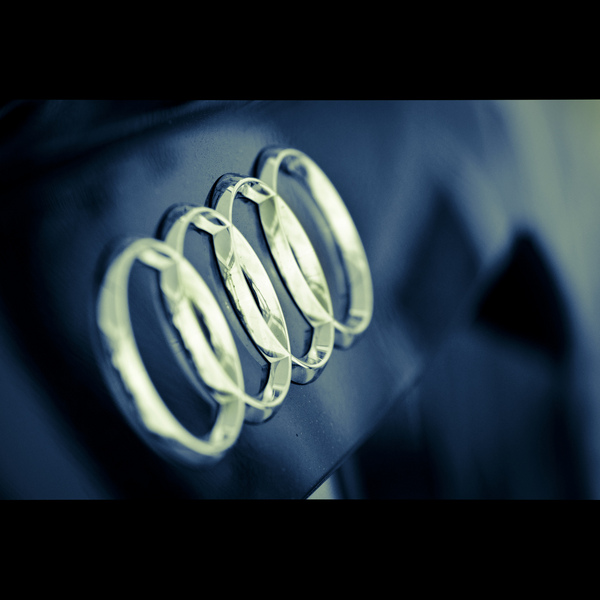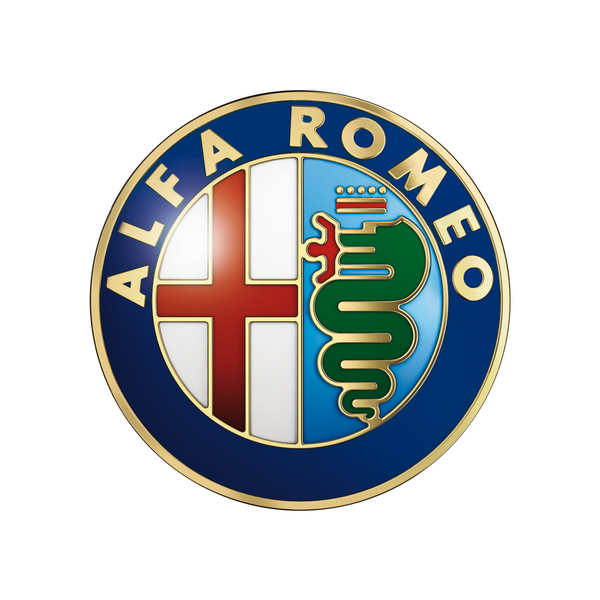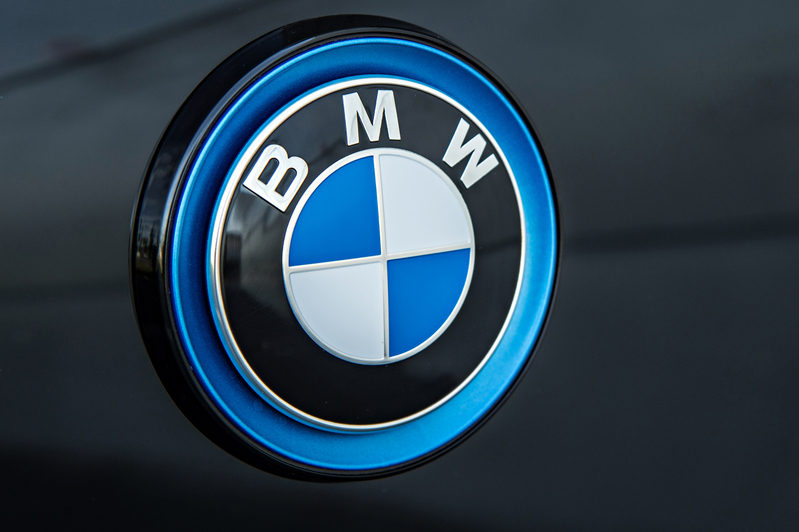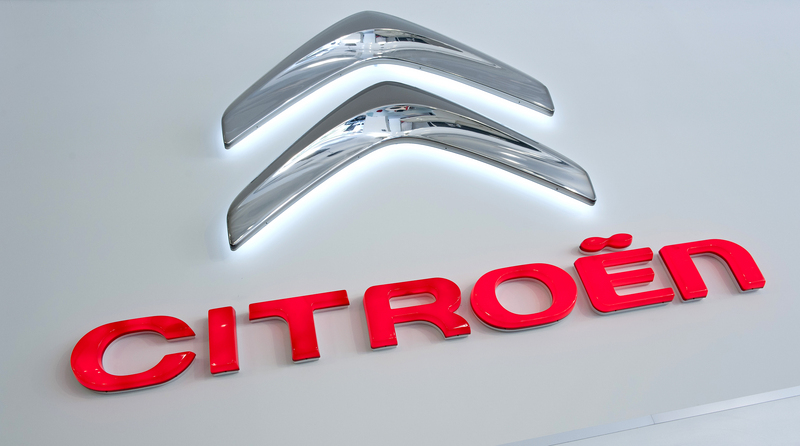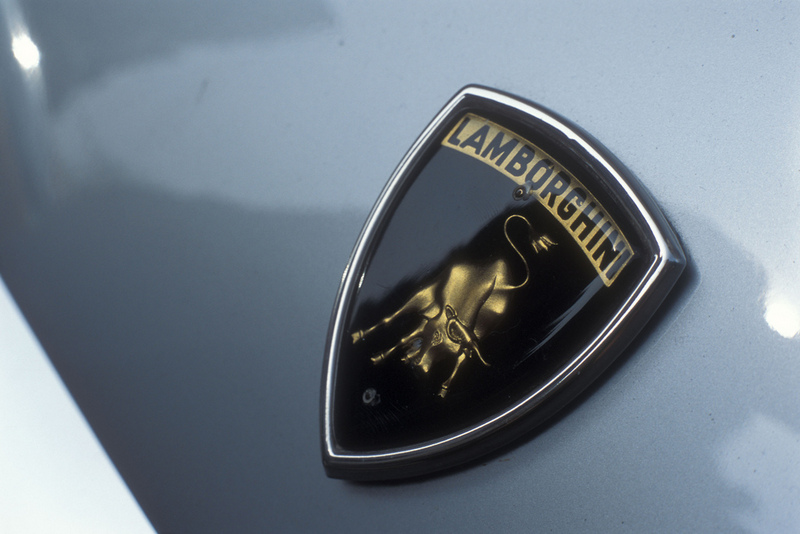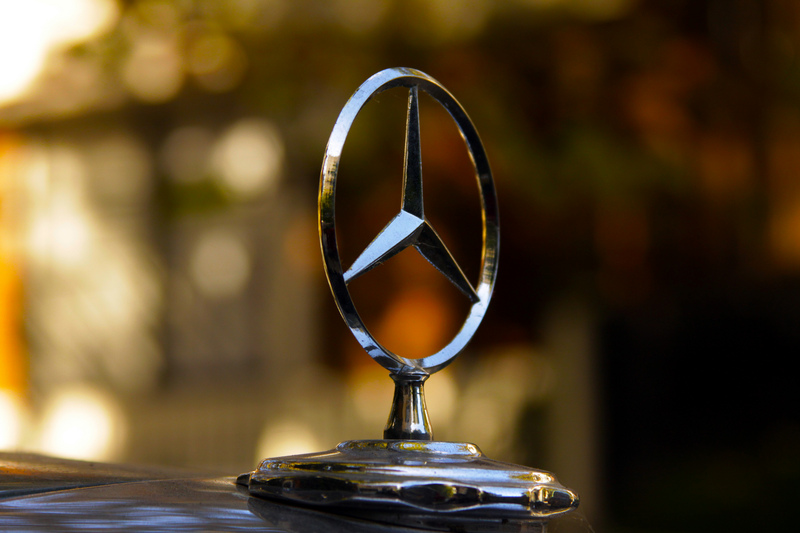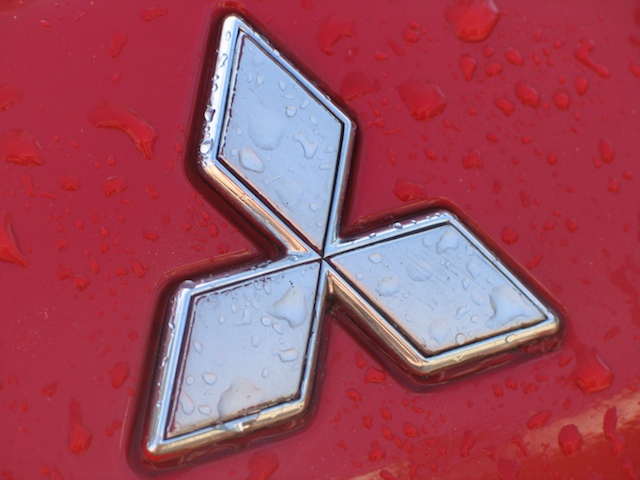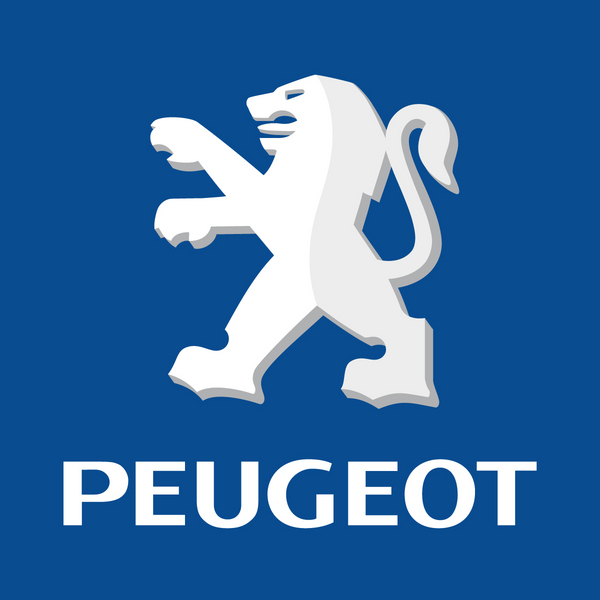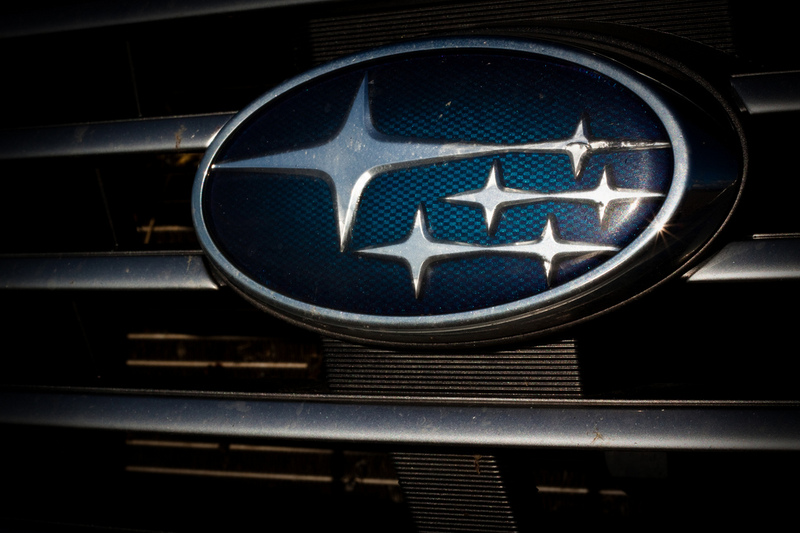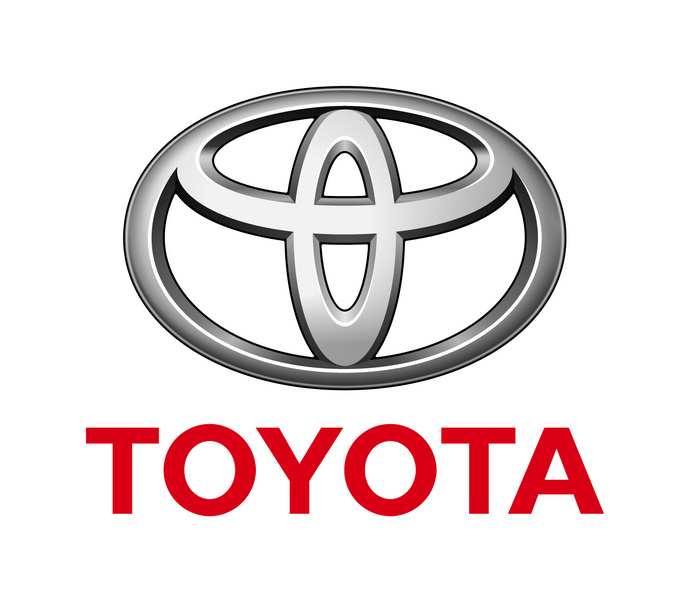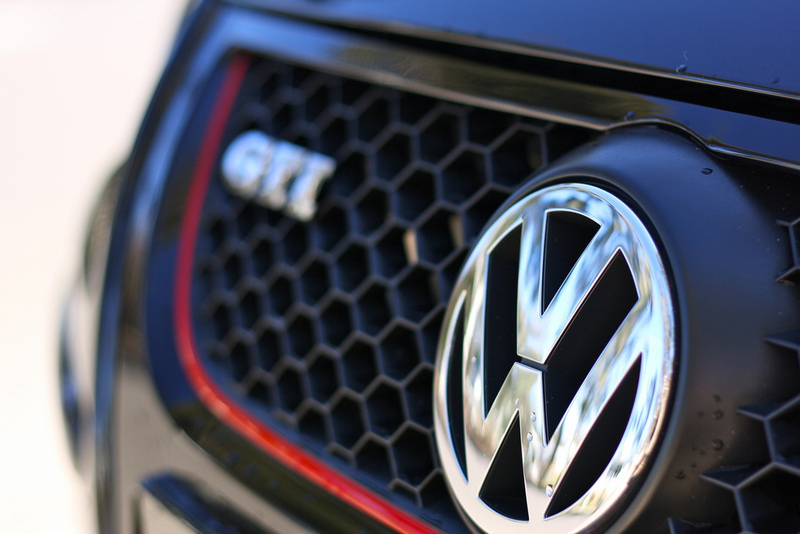|
Send this page to a friend! Fill in the form bellow | ||
news
What do brand badges mean?
Discover symbolisms of the logos of some of the most famous brands of the car industry
Many people may have already asked about the meanings that some of the badges of the most famous car brands in the world hide. But although these doubts exist many may have never bothered to find out why Ferrari FerrariItaly, 1947 > present233 models
FerrariItaly, 1947 > present233 models
5131 photos
37 videos
's has a black prancing horse, or why the bull is the symbol of Lamborghini LamborghiniItaly, 1963 > present32 models
LamborghiniItaly, 1963 > present32 models
1447 photos
19 videos
and why is the Citroën CitroënFrance, 1919 > present94 models
CitroënFrance, 1919 > present94 models
5346 photos
11 videos
logo composed by two inverted "V".
Thinking of those people Autoviva decided to look up for the innermost meanings of some of the most known car brands.
We want to know your opinion and what was the symbolism that surprised you the most.
Audi
There are four rings that make up the Audi logo. Each of these rings represents one of the four German brands that formed the Auto Union, founded in 1947. These brands are Horch, Audi, Wanderer and DKW.
Alfa Romeo
The Alfa Romeo emblem consists of two main elements: a coat of arms and a man being devoured by a snake. The coat of arms is from the city of Milan, where the Italian brand was born, while the serpent figure devouring a man is the symbol of the Milanese royal family.
BMW
The BMW logo makes an analogy to an airplane propeller in motion, recalling the years of the brand as a builder of airplanes. The blue and white colors are inspired by the flag of Bavaria, the German state where the brand is based.
Citroën
Known in France as "Deux Chevron," the two inverted "V" are unmistakably the emblem of Citroën since 1930. This symbol is a tribute to the bi-helical gear created by engineer Andre Citroën, founder of the French brand.
Ferrari
The black prancing horse is one of the hallmarks of the Ferrari logo and was introduced in the 24 Hours of Spa in 1932. The horse was originally the symbol of Count Francesco Baracca, a legendary Italian air force ace during WW I. The black horse is joined by the yellow background, the color of Moden, Enzo Ferrari's birthplace.
Lamborghini
Lamborghini is famous for its logo with the golden bull. The emblem of the Italian sports car brand is an hommage to the bull fights from the founder of the brand, Ferruccio Lamborghini, which was a true aficionado. Indeed until today the brand cars are all named after famous bulls.
Maserati
The main symbolic element of the Maserati logo is the trident of Neptune in red. It is used because it is the symbol of Bologna, the city where Maserati was founded in 1914.
Mercedes-Benz
Mercedes-Benz is famous for its three-pointed star. This logo was created in 1909 and was an idea from the children of Gottlieb Daimler, Paul and Adolf. Each point of the star is one of three elements: earth, air and sea.
Mitsubishi
The Mitsubishi logo consists of three diamonds, a symbol that came from the name of the brand, since "Mitsu" means three in Japanese and "Bishi" diamond. The logo symbolizes the beauty and durability of its products and in addition represents the air, land and sea areas where the Mitsubishi group operates.
Peugeot
Peugeot is recognized by the lion logo since was introduced in 1919. The choice of this symbol is a tribute to the French city of Belfort, where the first modelo of the French brand was produced.
Porsche
Porsche's badge is a combination of two coat of arms from the region of Baden-Württemberg and the city of Stuttgart, headquarters of the brand. Black and red stripes are a reference to the German region and the prancing black horse is a symbol of the city of Stuttgart, formerly used on the uniforms of the local army.
Subaru
Subaru's badge is composed by a constellation. This is because in Japanese the name Subaru means Pleiades, a group of stars.
Toyota
Toyota's brand logo consists of three interlocked ellipses that represent the heart of the customer, the heart of the product and the heart of technological progress. The combination of vertical and horizontal ellipses symbolizes the "T" for Toyota.
Volkswagen
Volkswagen's badge consists of the letters V and W. These are the initials of the German words "volks" (people) and wagen (car), which together mean people's car. It was with this purpose that Volkswagen was created, giving the opportunity to the general population to afford a car.
Contribute
latest news




